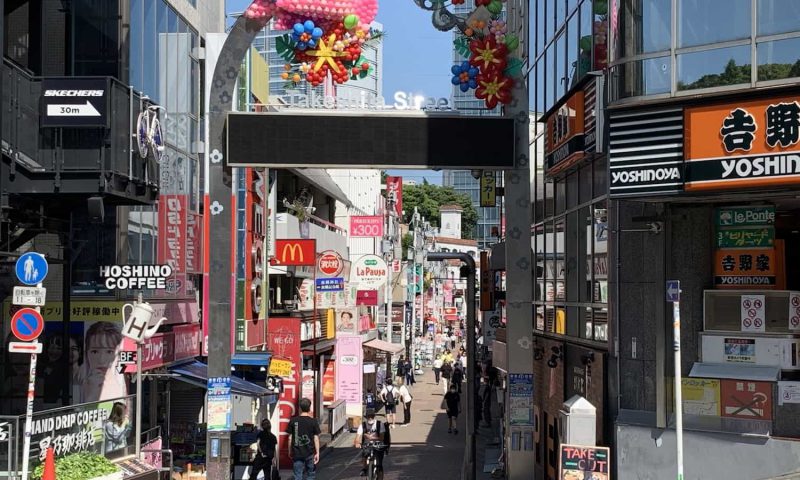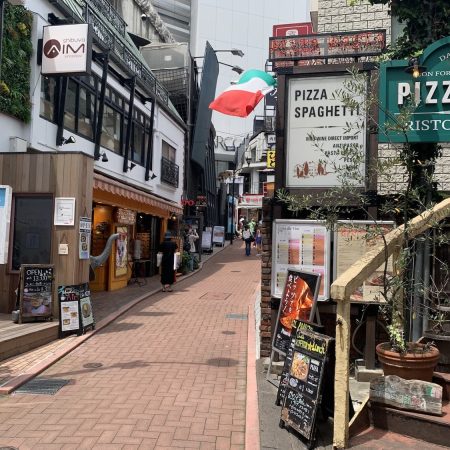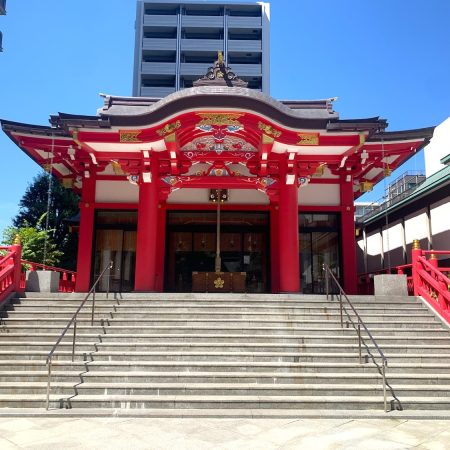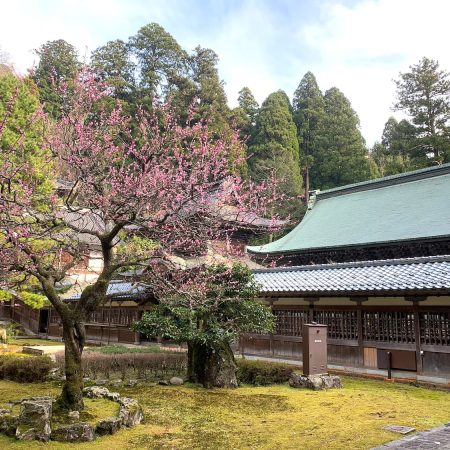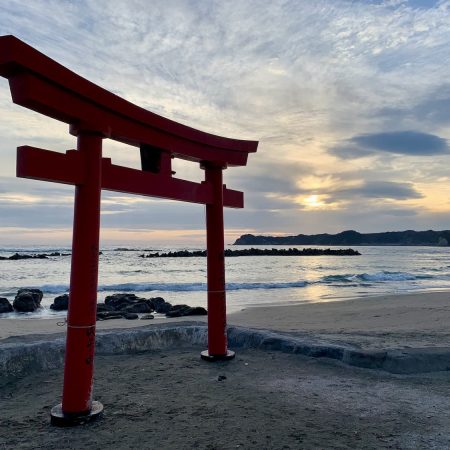Unveiling Takeshita Street: The Enchanting Epicenter of Kawaii Culture
Takeshita Street, a bustling retail district situated in Harajuku, has garnered renown as the vibrant epicenter of kawaii culture. This dynamic enclave traces its origins back to 1974 when the Palais France complex commenced operations, thereby catalyzing the influx of distinctive establishments such as crepe emporiums and celebrity boutiques. In contemporary times, Takeshita Street has transcended its status as a local tourist hotspot, attracting visitors from far and wide. Yet, what accounts for the historical tapestry that envelops this locale? Evidently, its inception can be traced to the Meiji era, characterized by the proliferation of bamboo groves in the vicinity, thus bestowing upon it its distinctive appellation. Remarkably, it also became a congregational nexus for American soldiers in the aftermath of the war, ushering in Western influences that would ultimately mold Harajuku’s fashion landscape.
What truly distinguishes Takeshita Street are its resplendent array of vibrant and endearing shops, alongside an enticing assortment of delectable confections that captivate the young and women alike. As one traverses this animated thoroughfare, an assemblage of unique fashion styles, such as gothic and Lolita, readily unfolds before their eyes. It is a hallowed ground where self-expression reigns supreme, not solely within the confines of Japan but on a global scale as well. Takeshita Street, by virtue of its role in fostering the birth of the “kawaii” phenomenon, has firmly cemented its position as a bedrock of Japanese popular culture. Nevertheless, its significance transcends the realm of mere fashion trends; it embodies the essence of youthful liberty and ingenuity. While it may deviate from the conventional facets of Japanese culture, it is revered as an enclave where contemporary and distinctive cultural elements flourish unabated.
The allure of Takeshita Street remains irrefutable, captivating the attention of both domestic and international audiences. It serves as a portal through which one may indulge in a myriad of cultures and sartorial artistry, rendering it an indispensable destination. Yet, its significance extends beyond this realm. It is a realm that facilitates an immersion into the sensibilities, expressive potency, and sheer essence of Japanese youth. In essence, Takeshita Street affords a captivating glimpse into the tapestry of contemporary Japanese culture, positioning itself as an indispensable venue that one simply cannot overlook.

